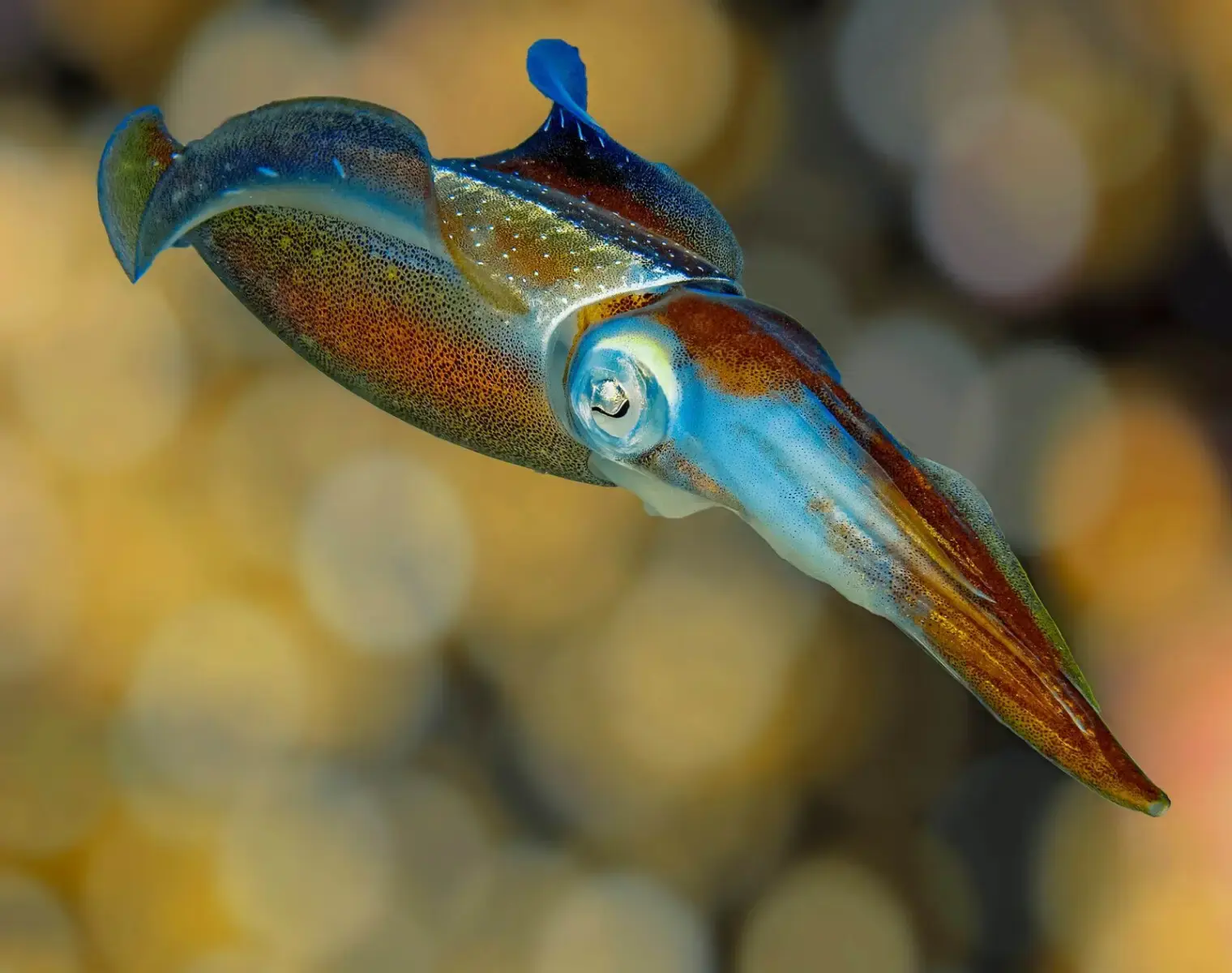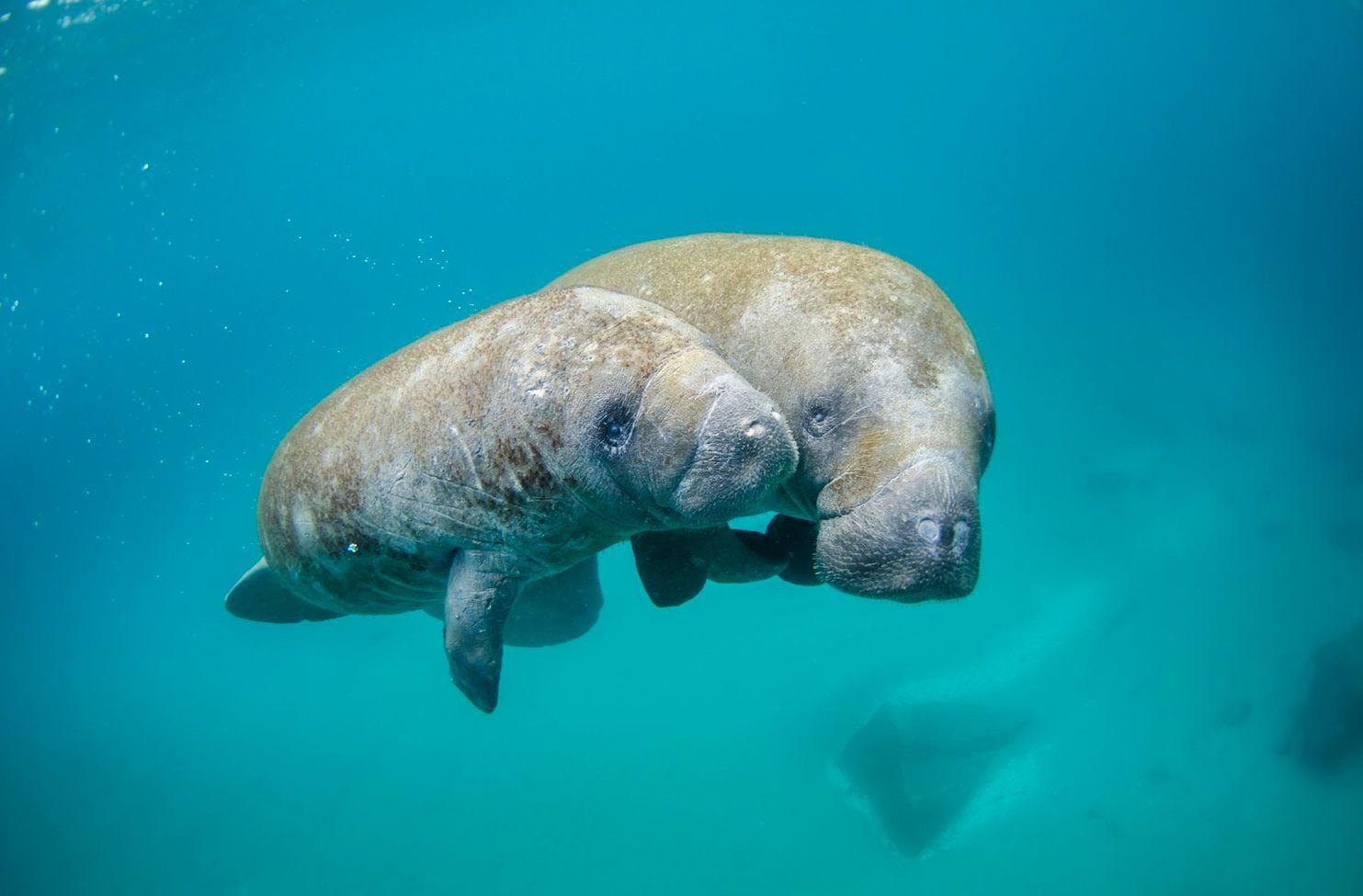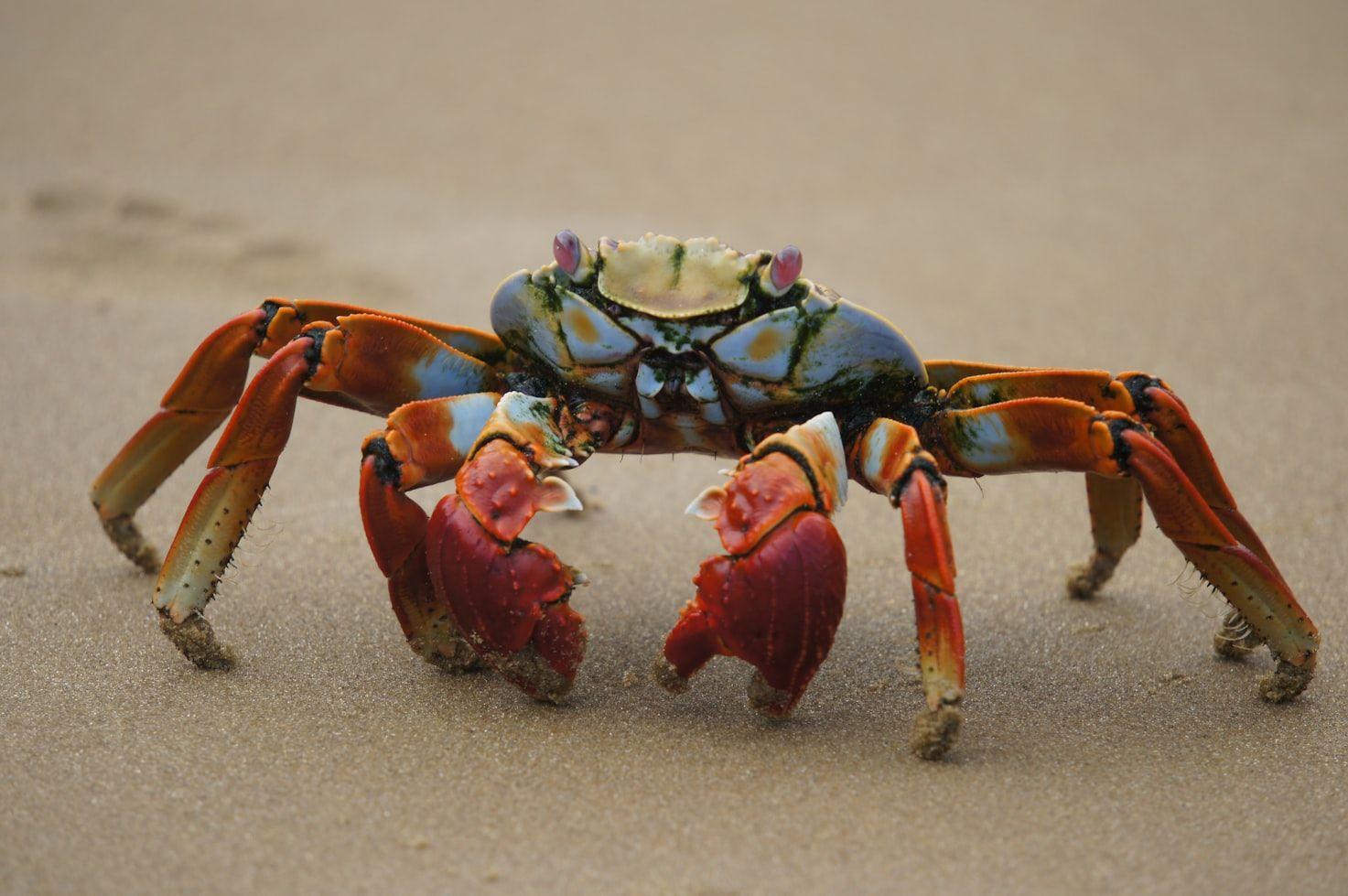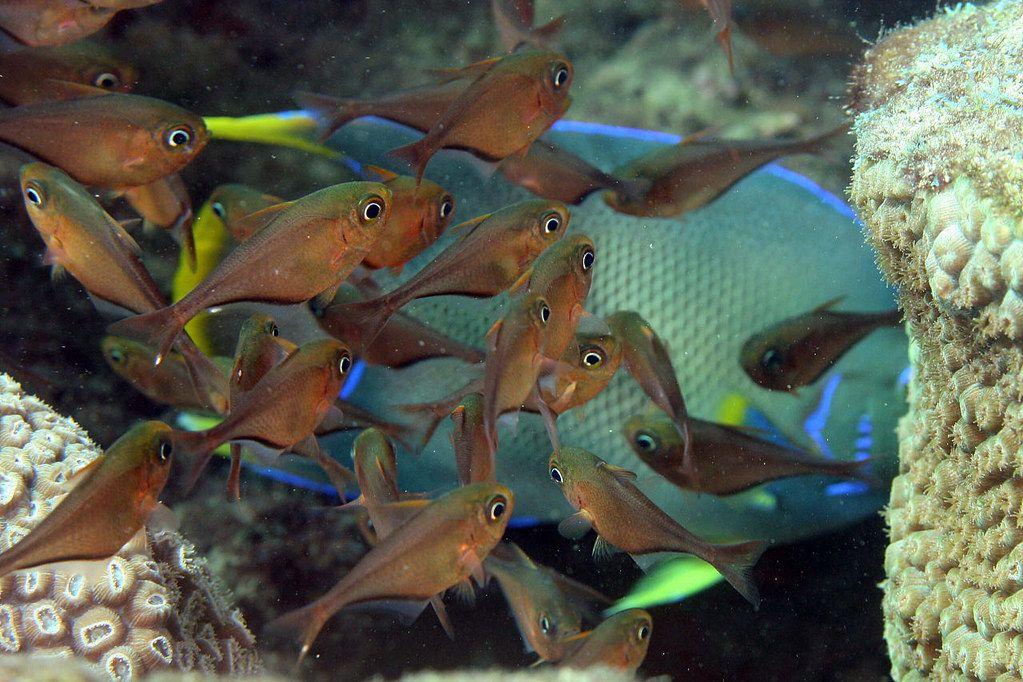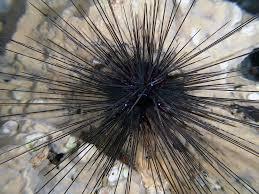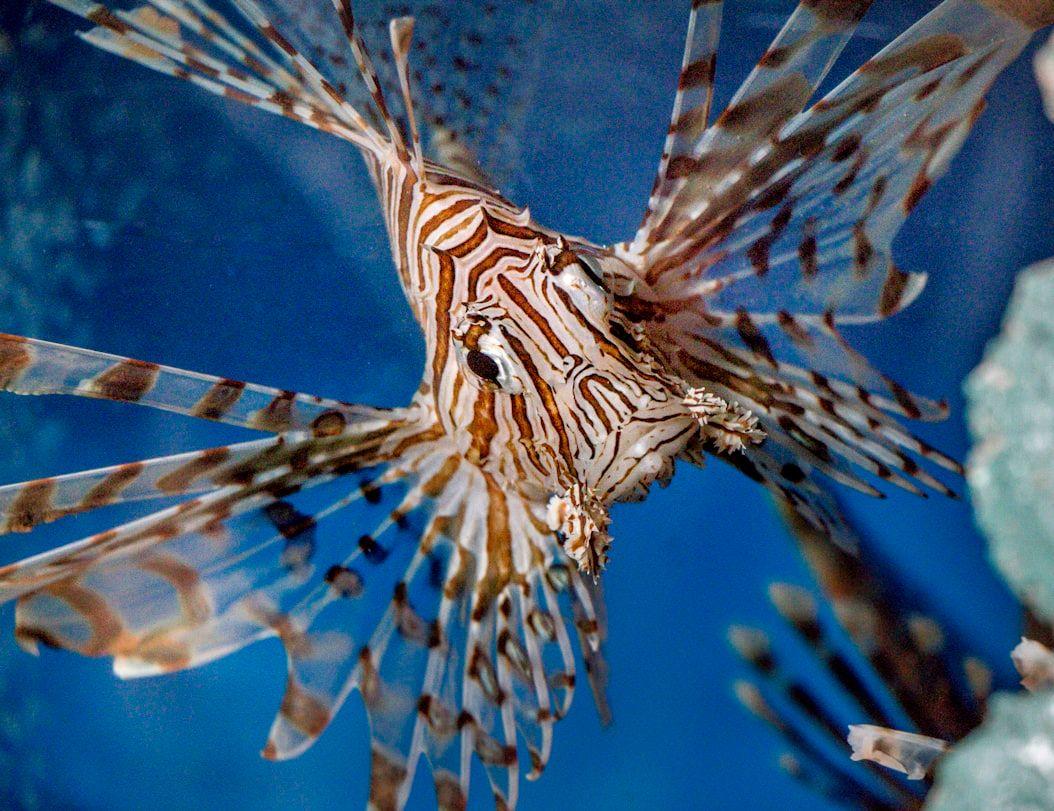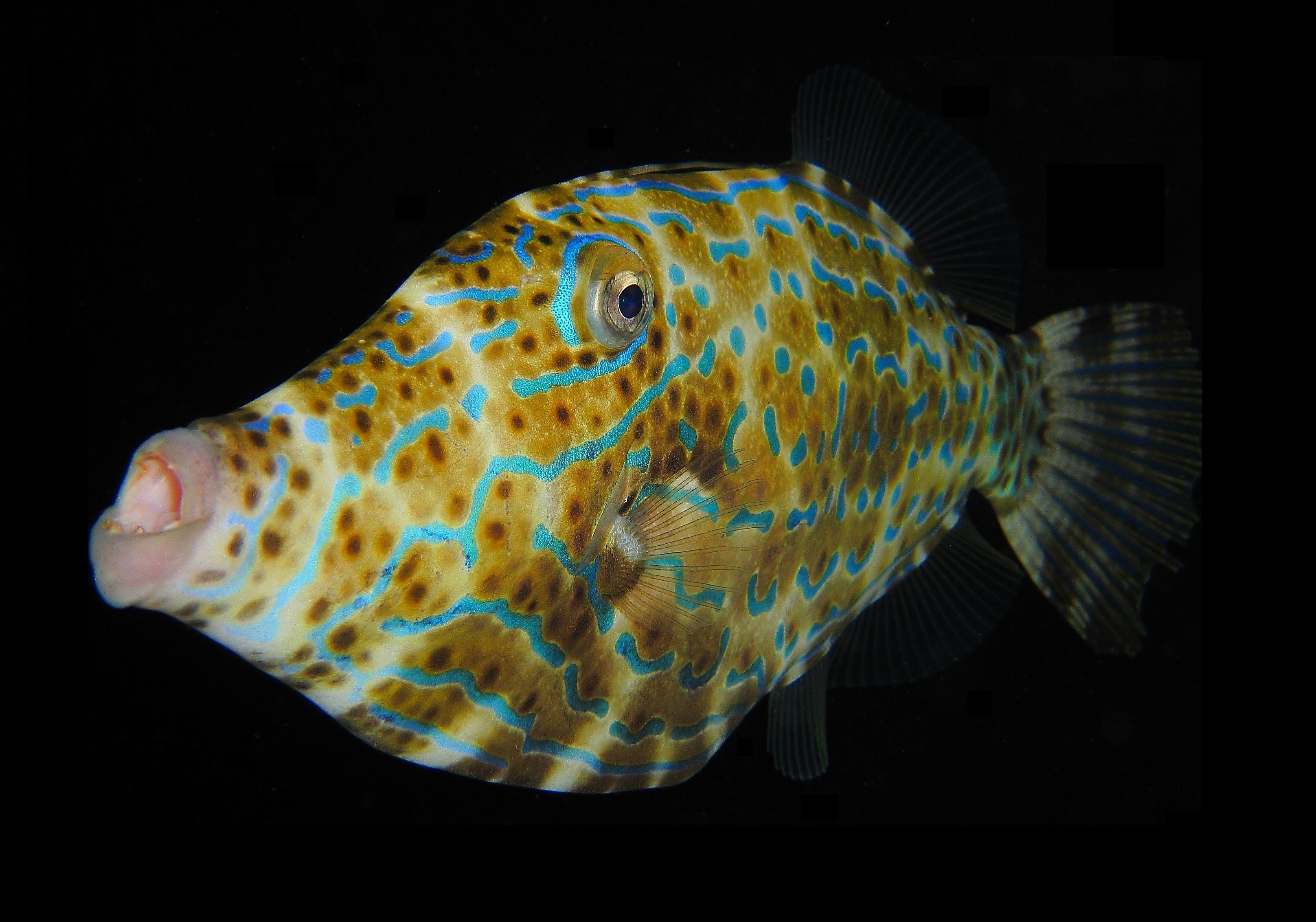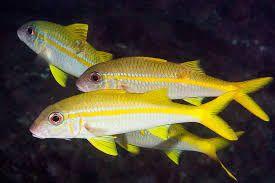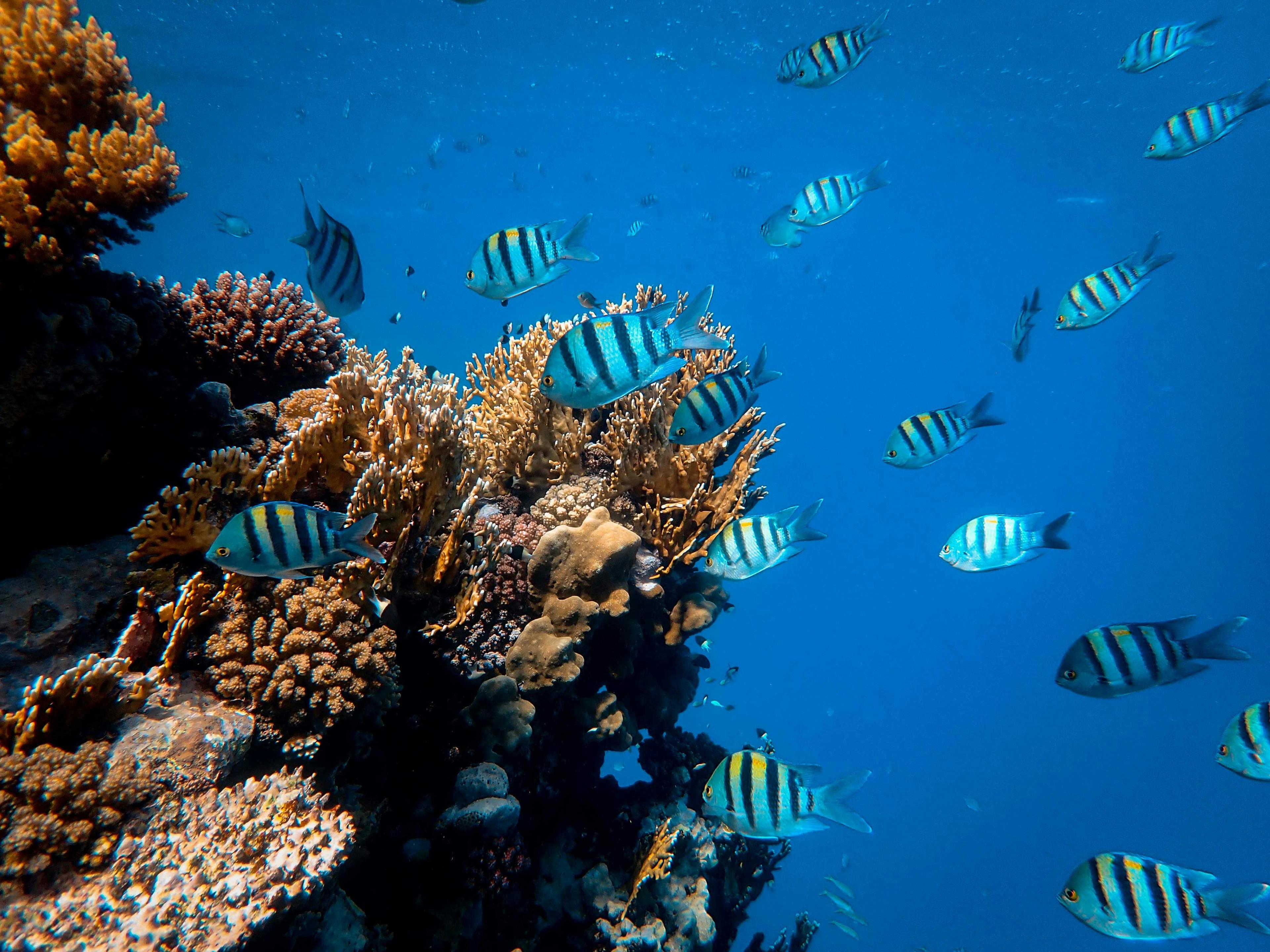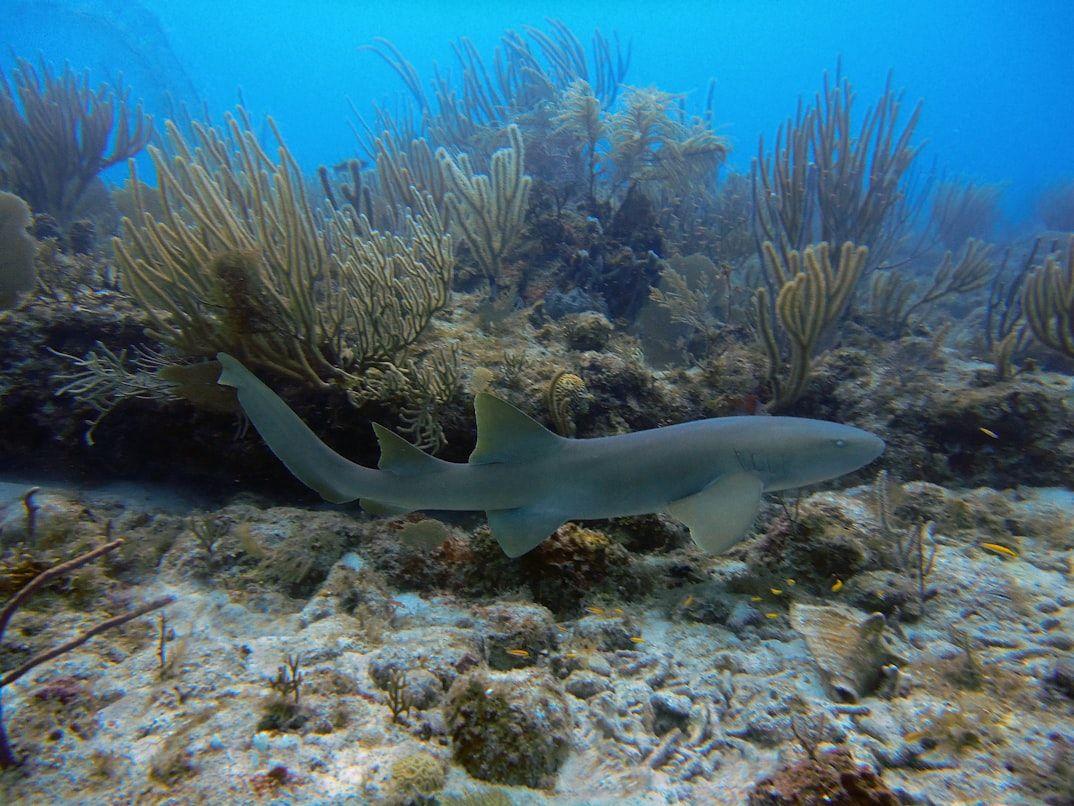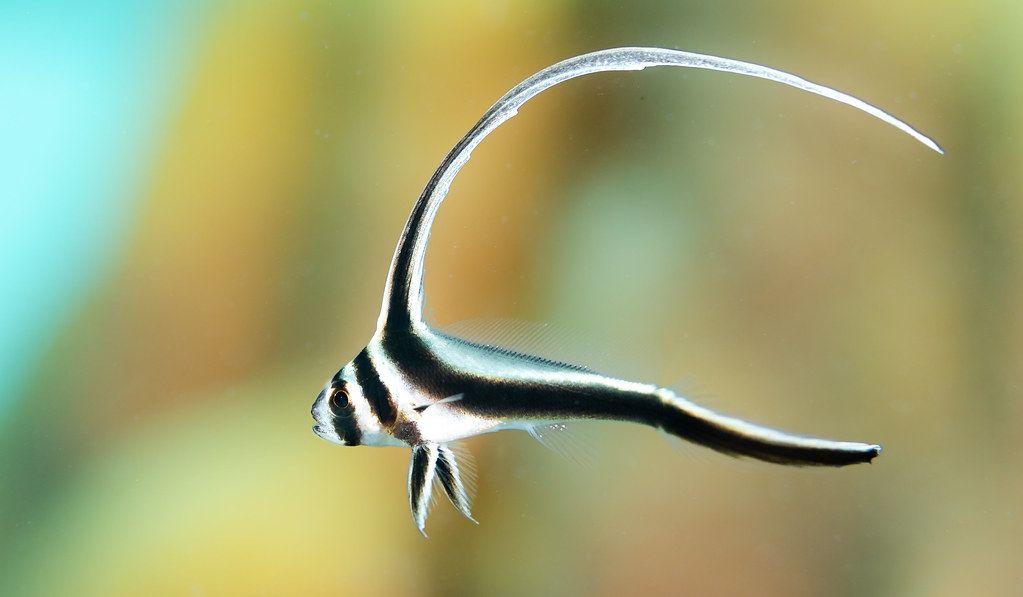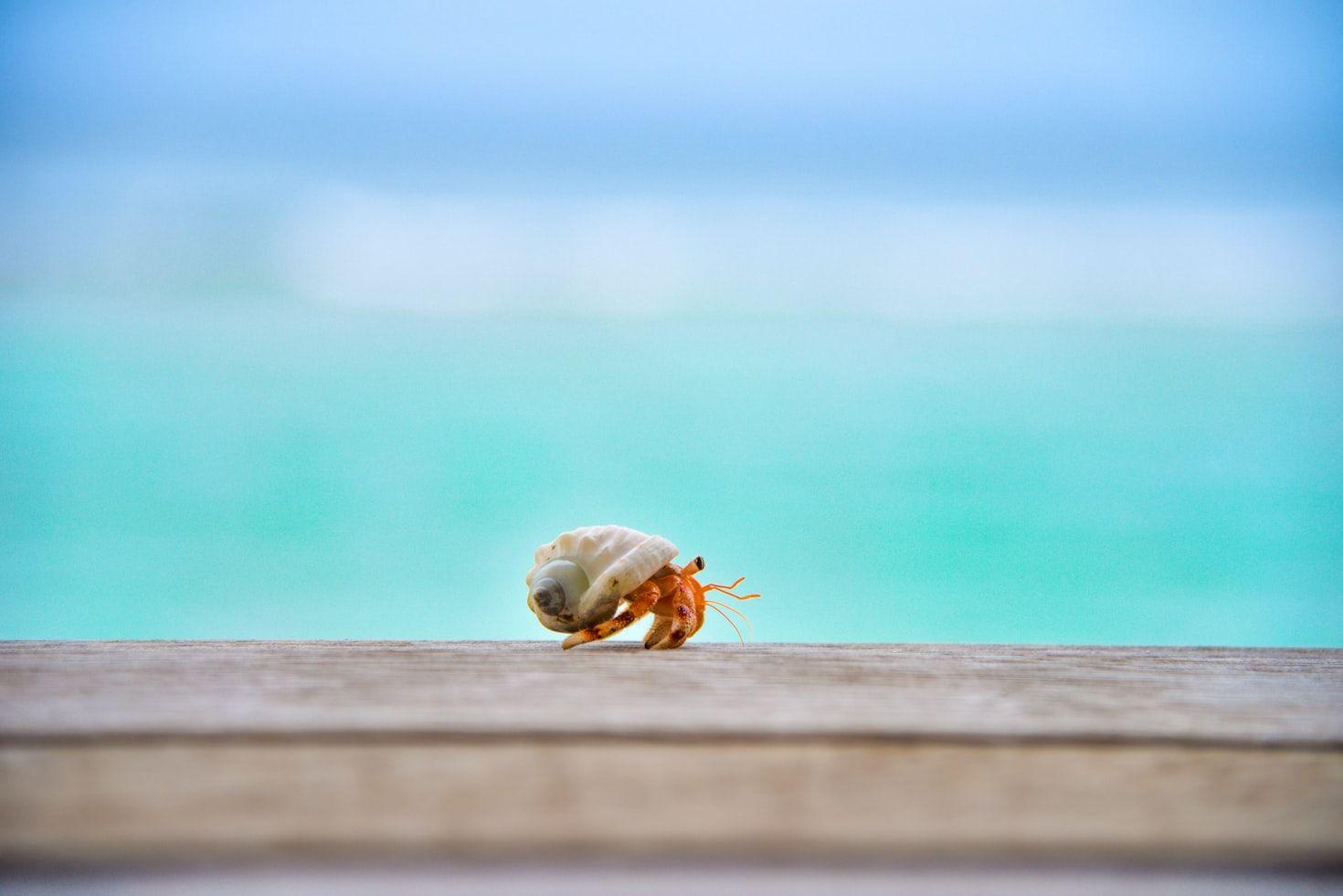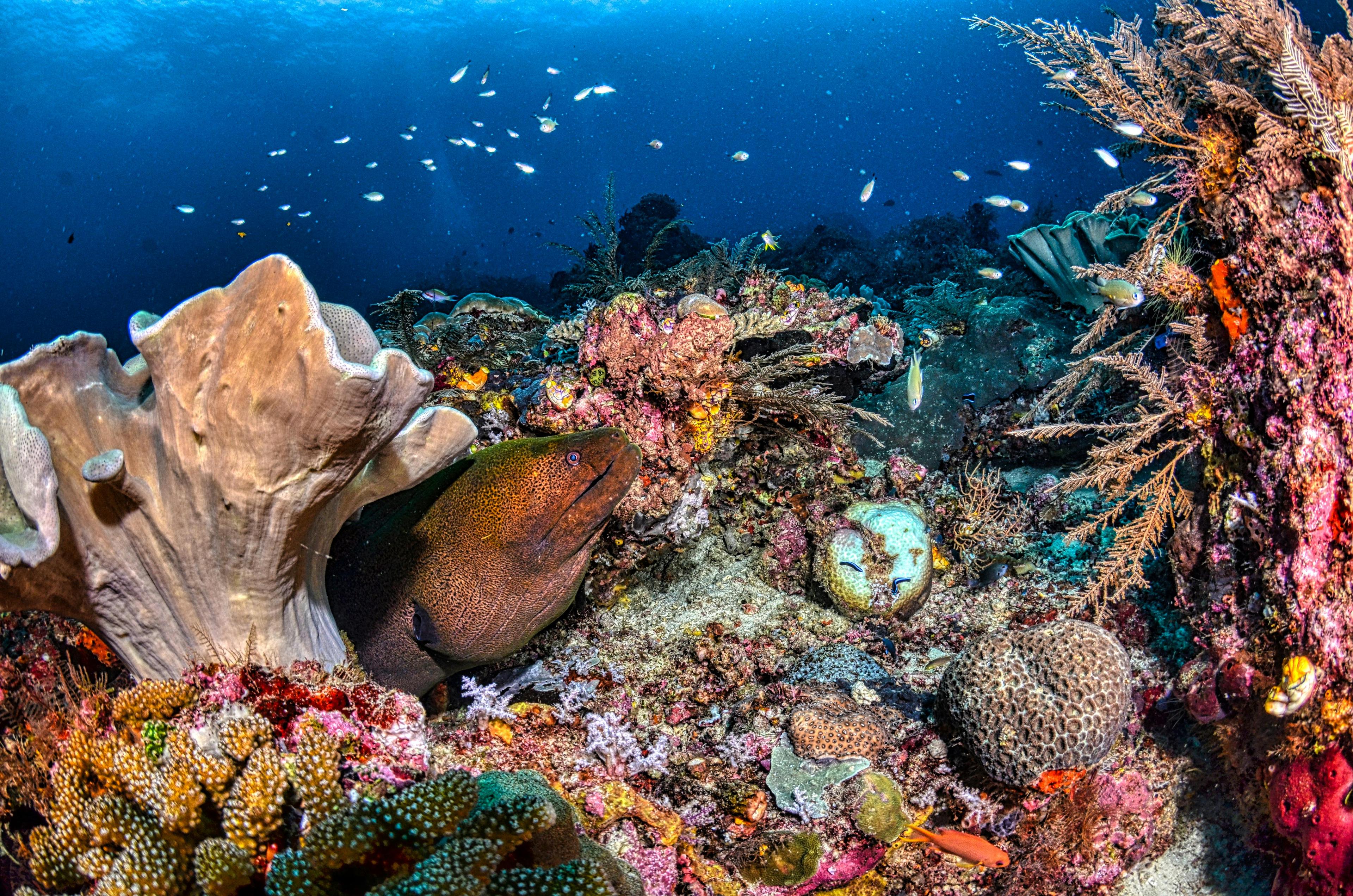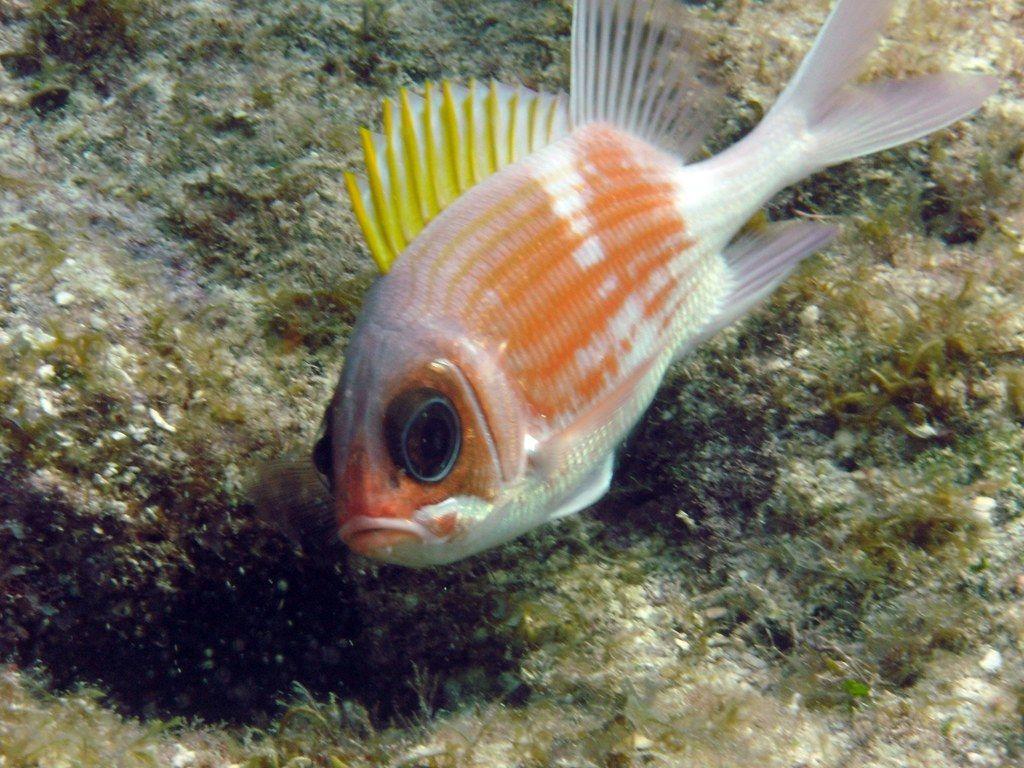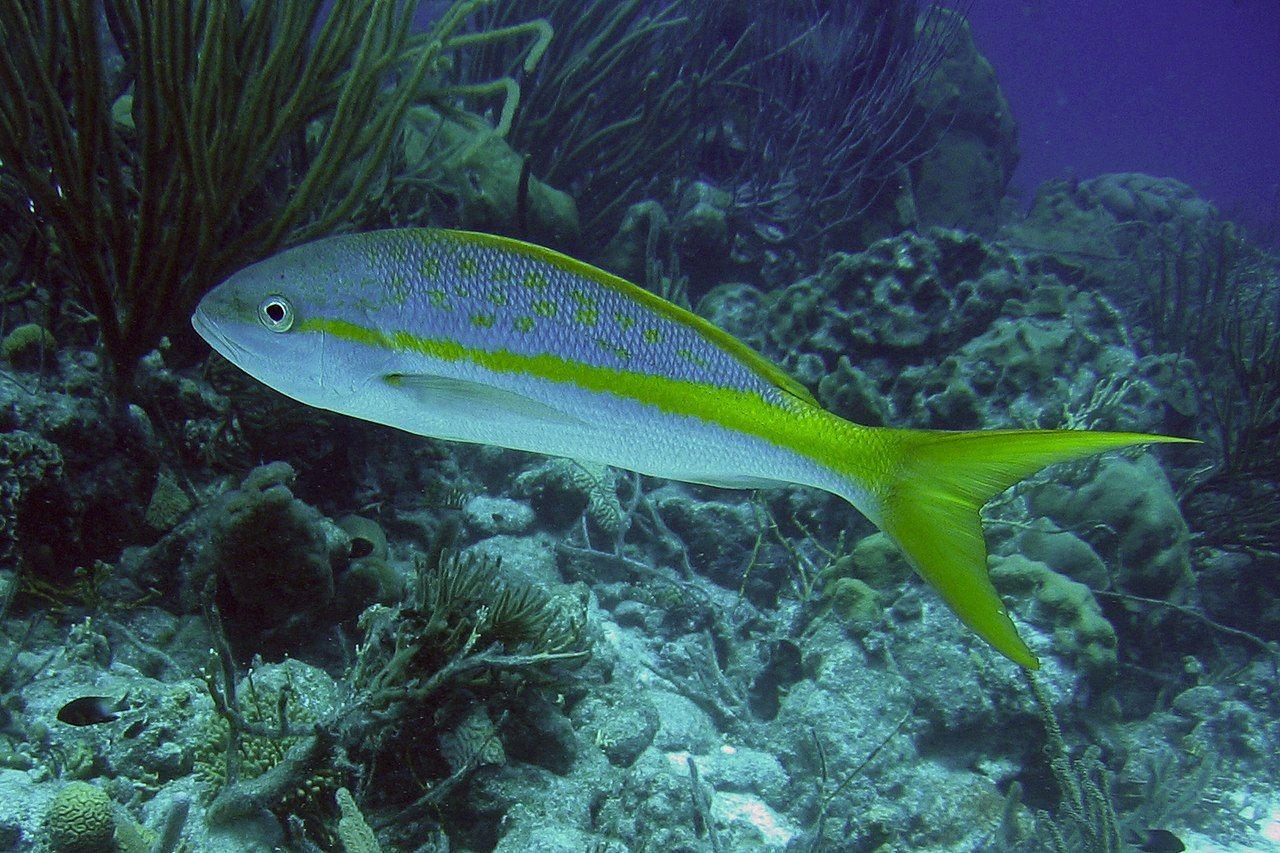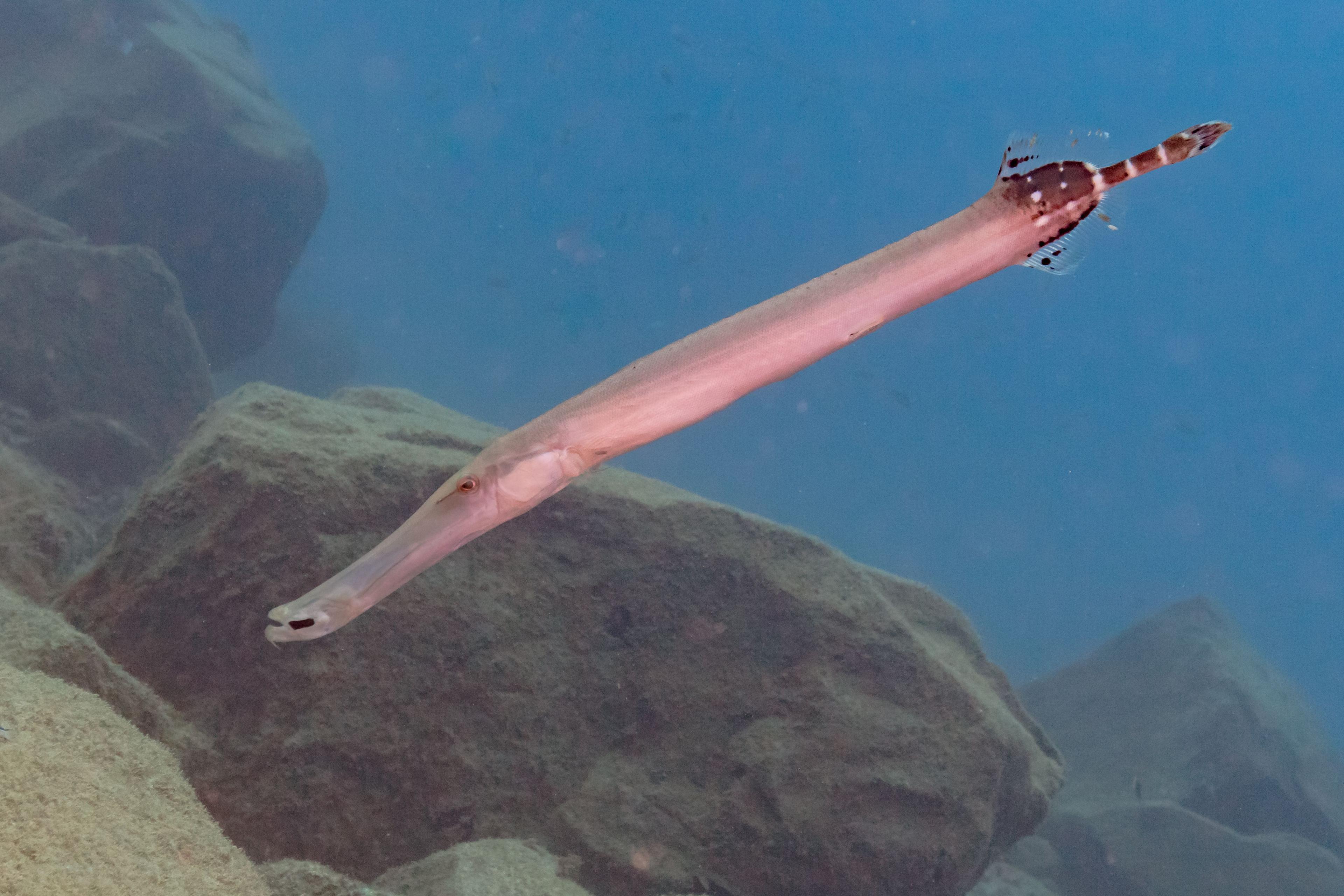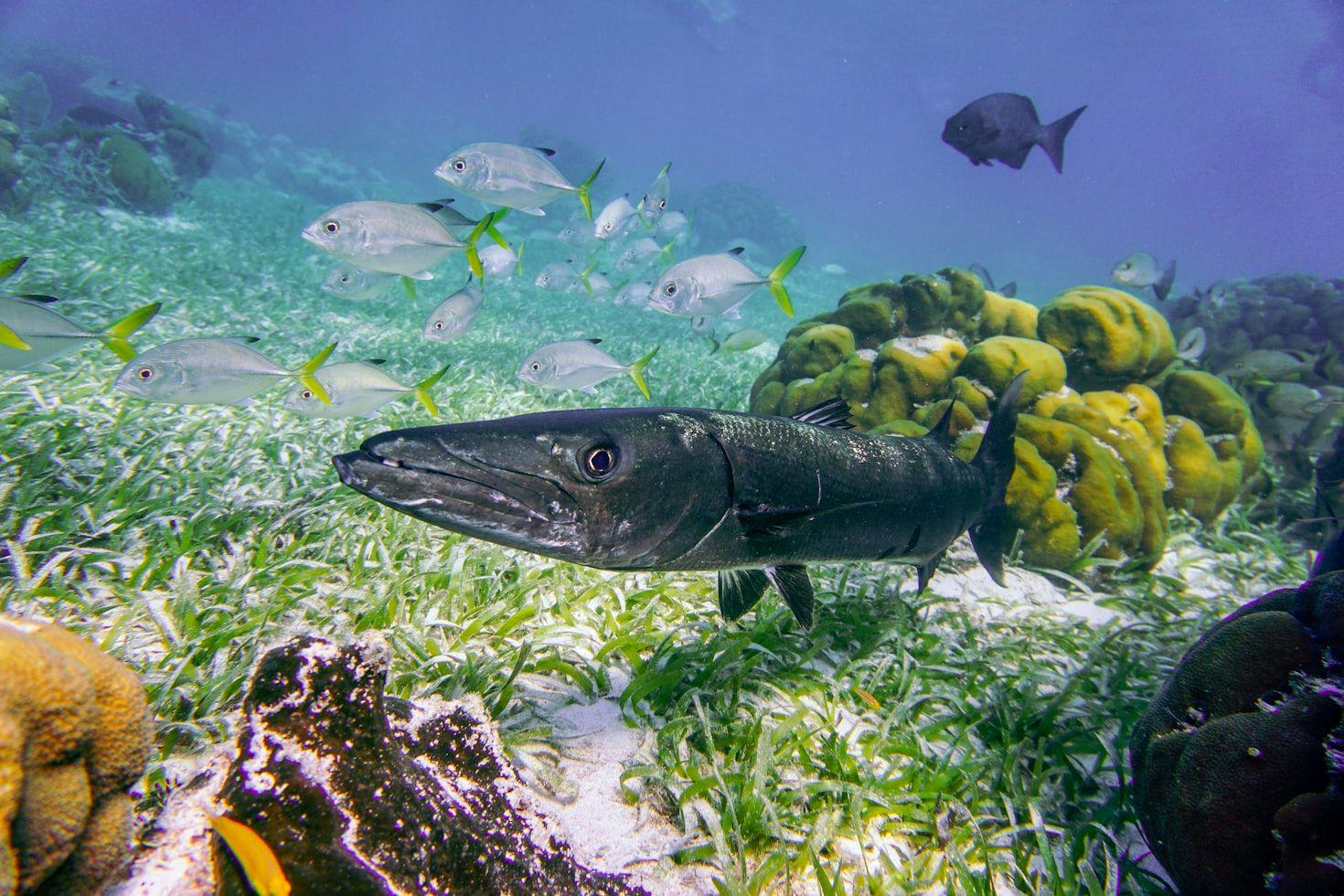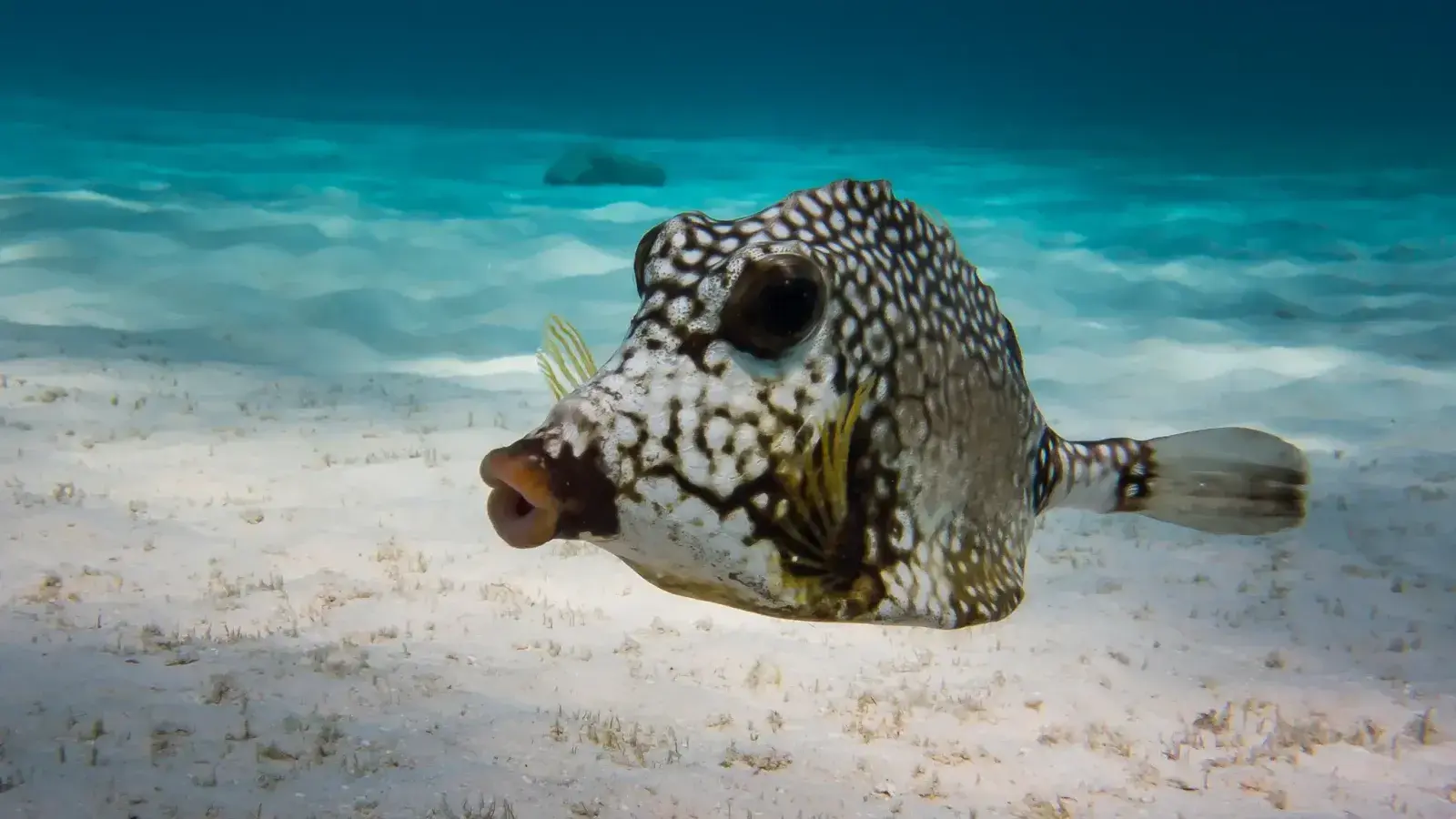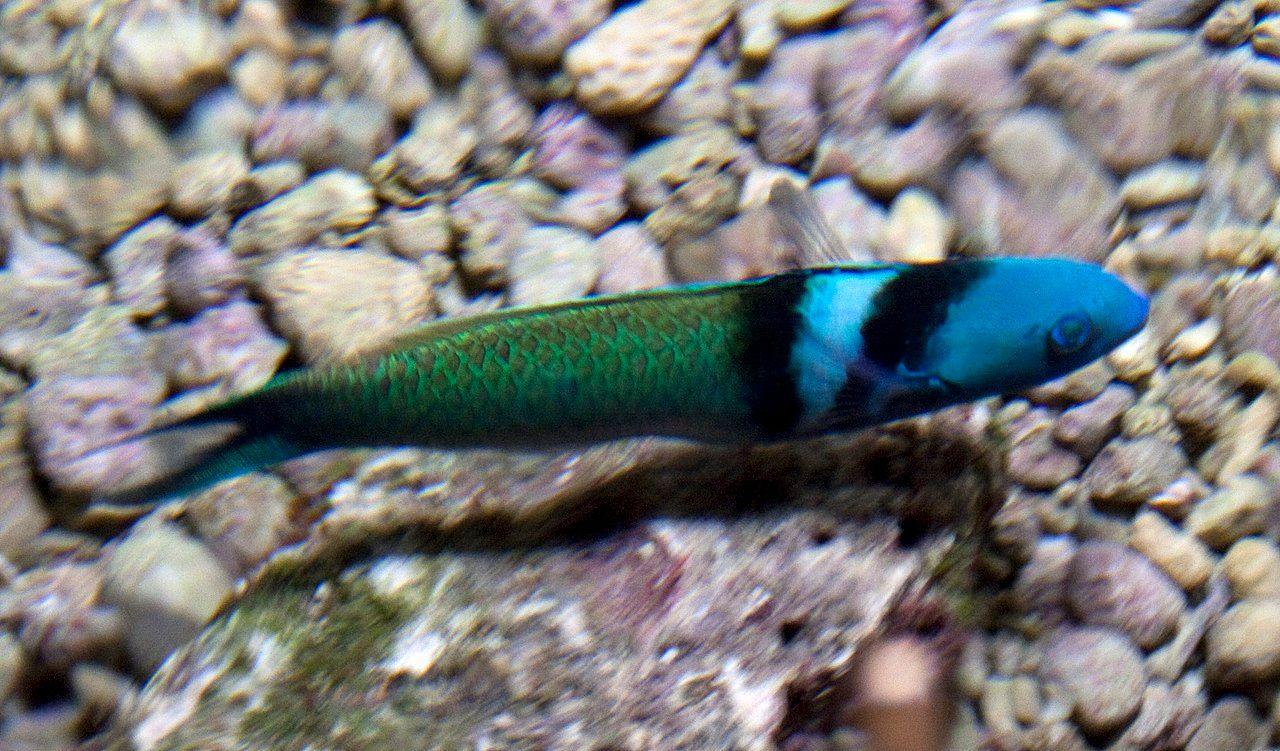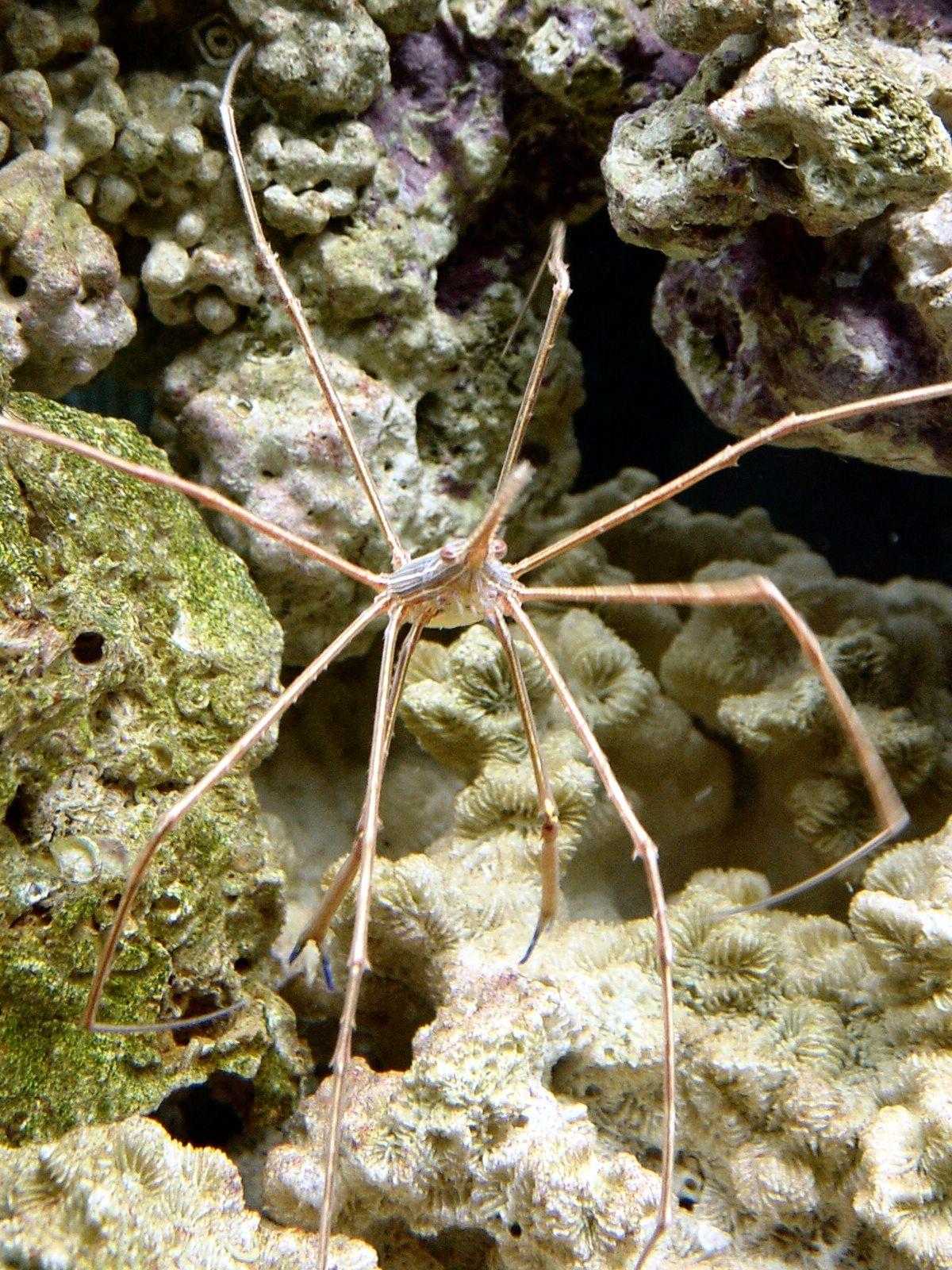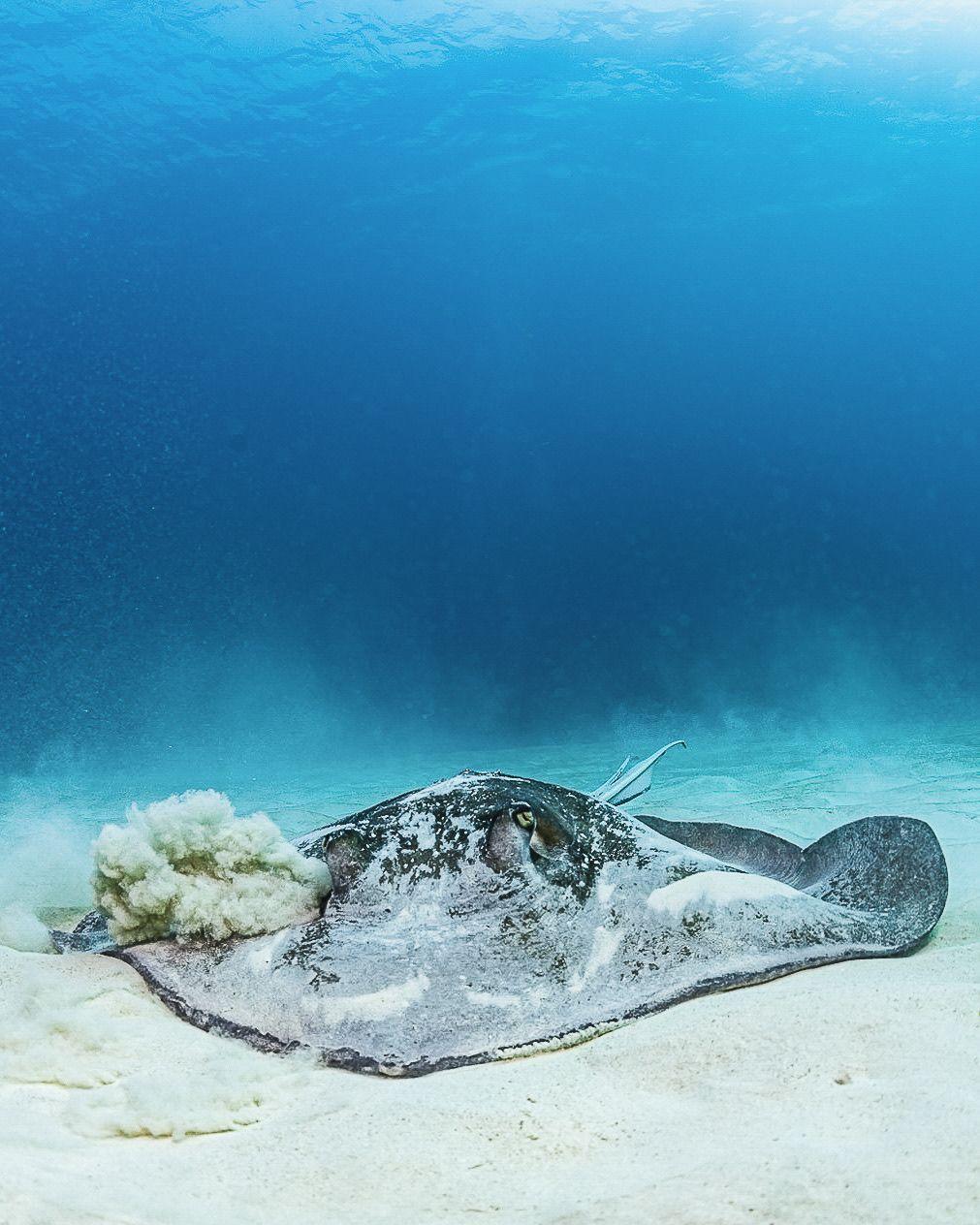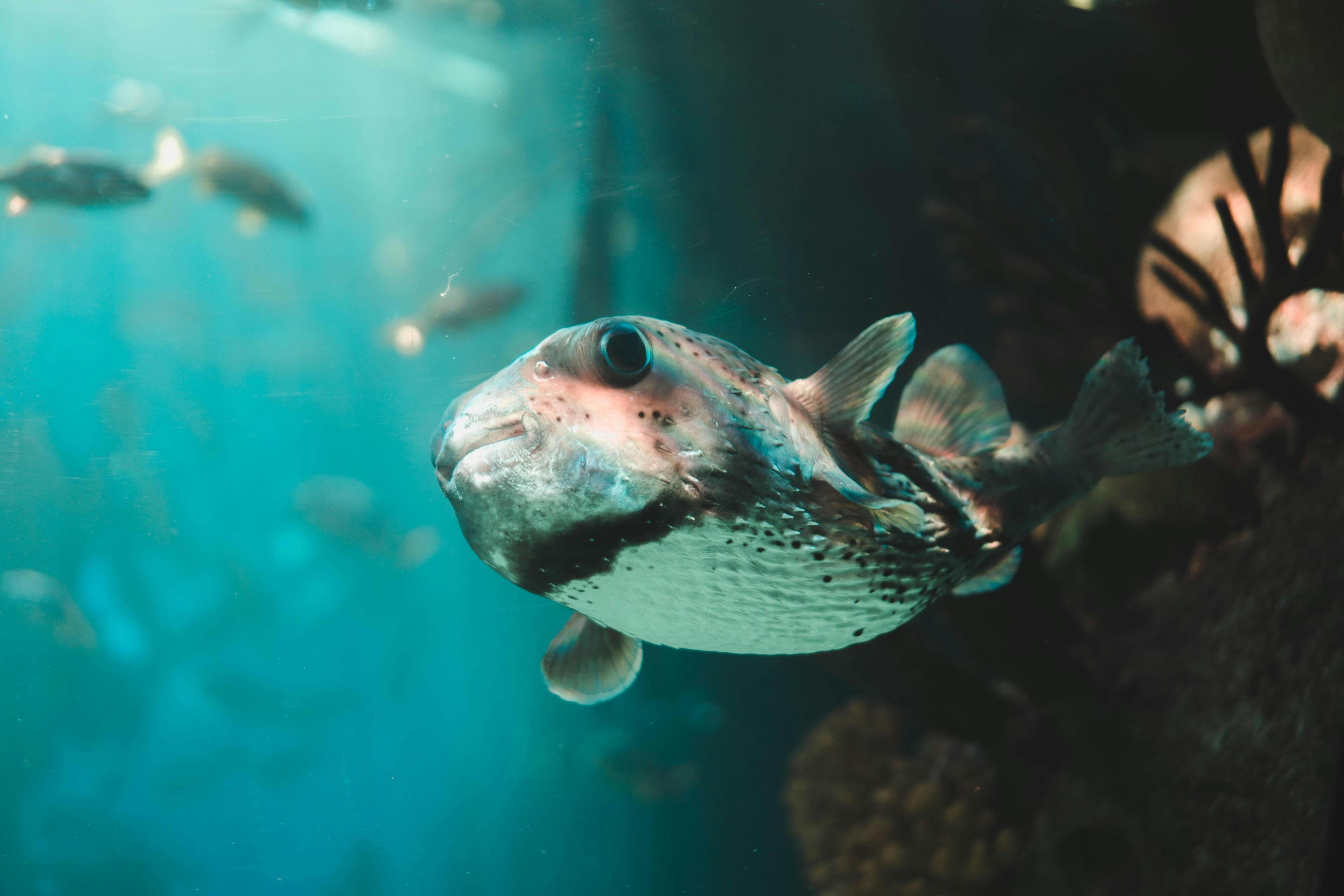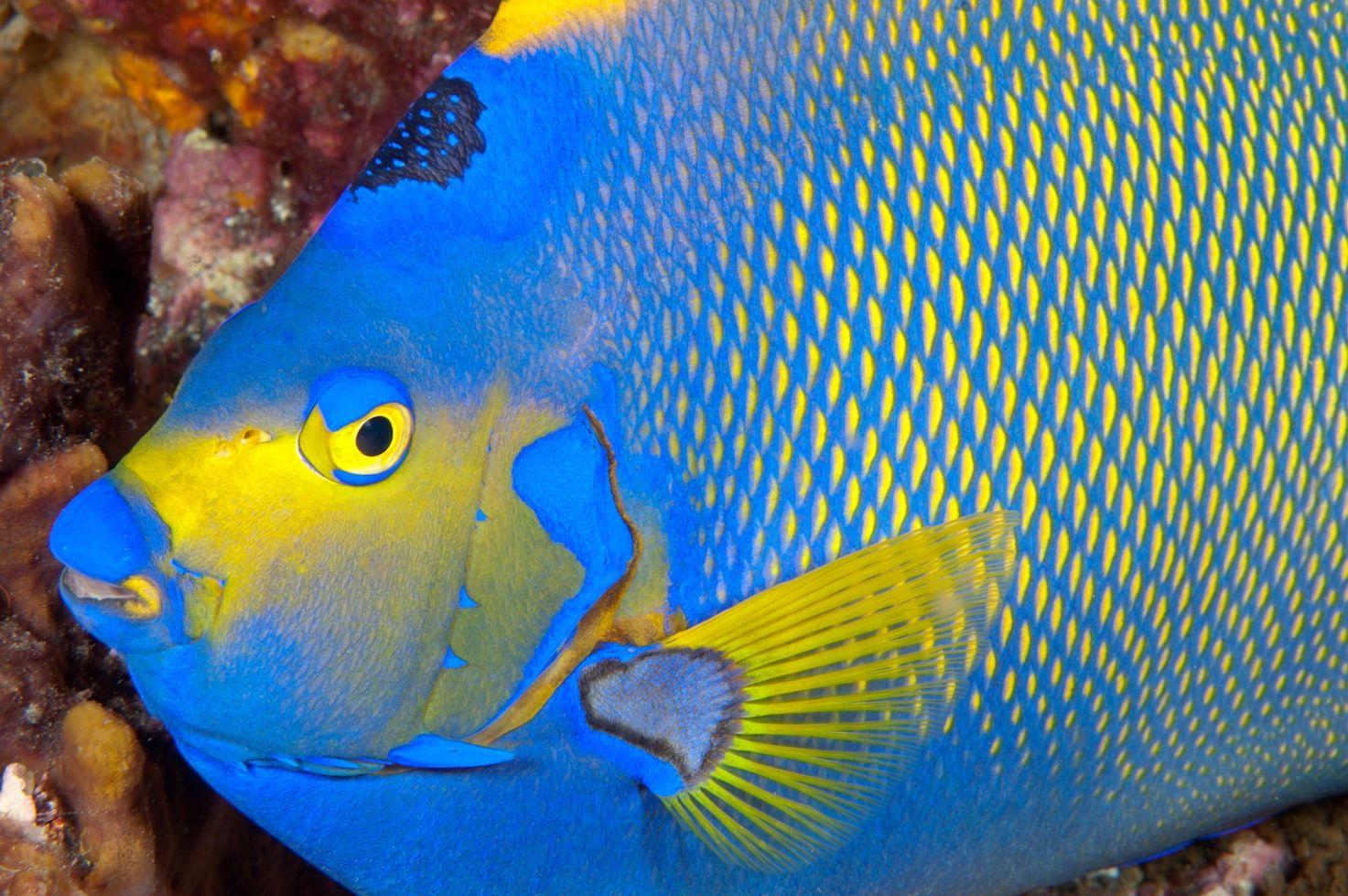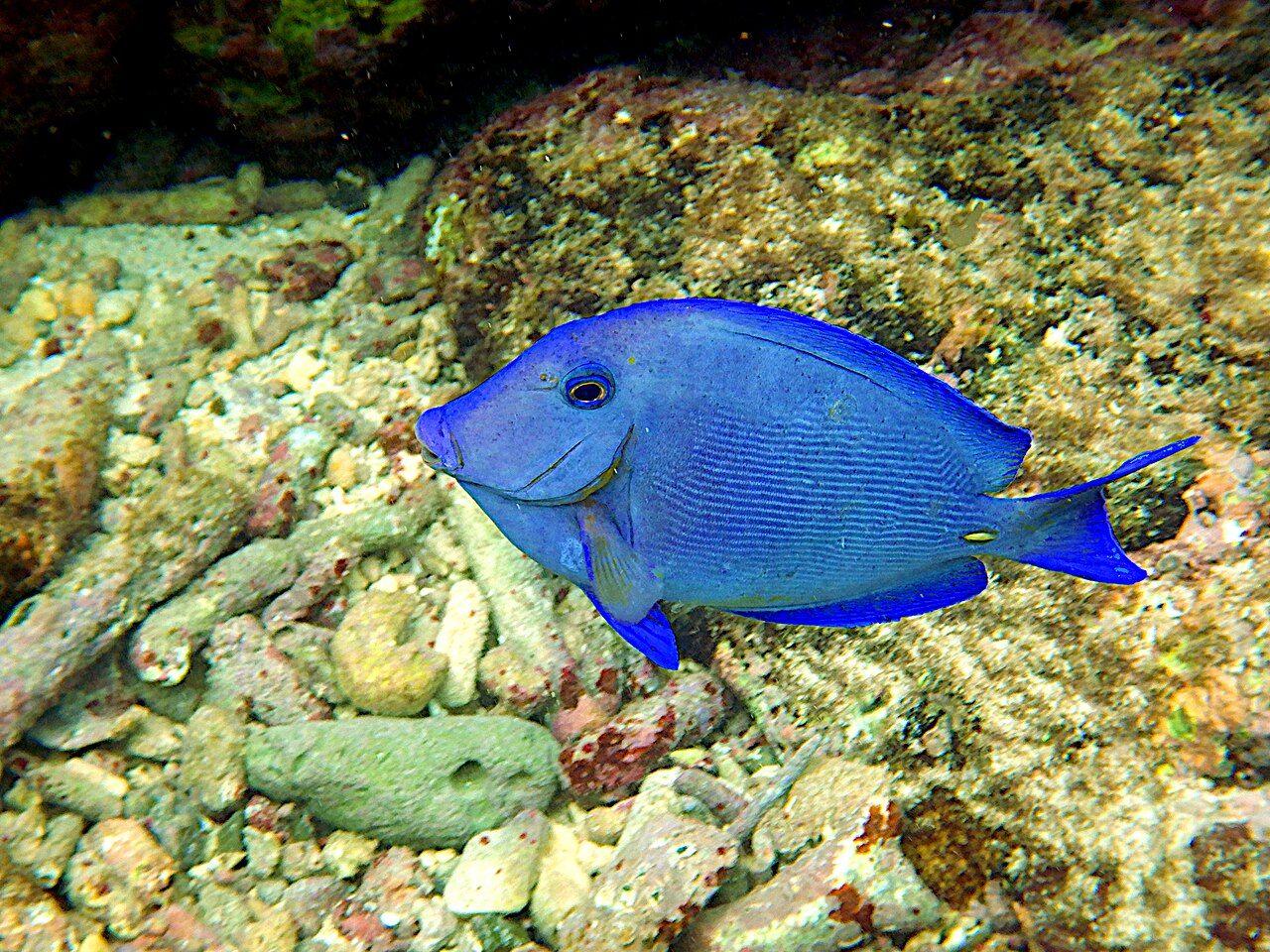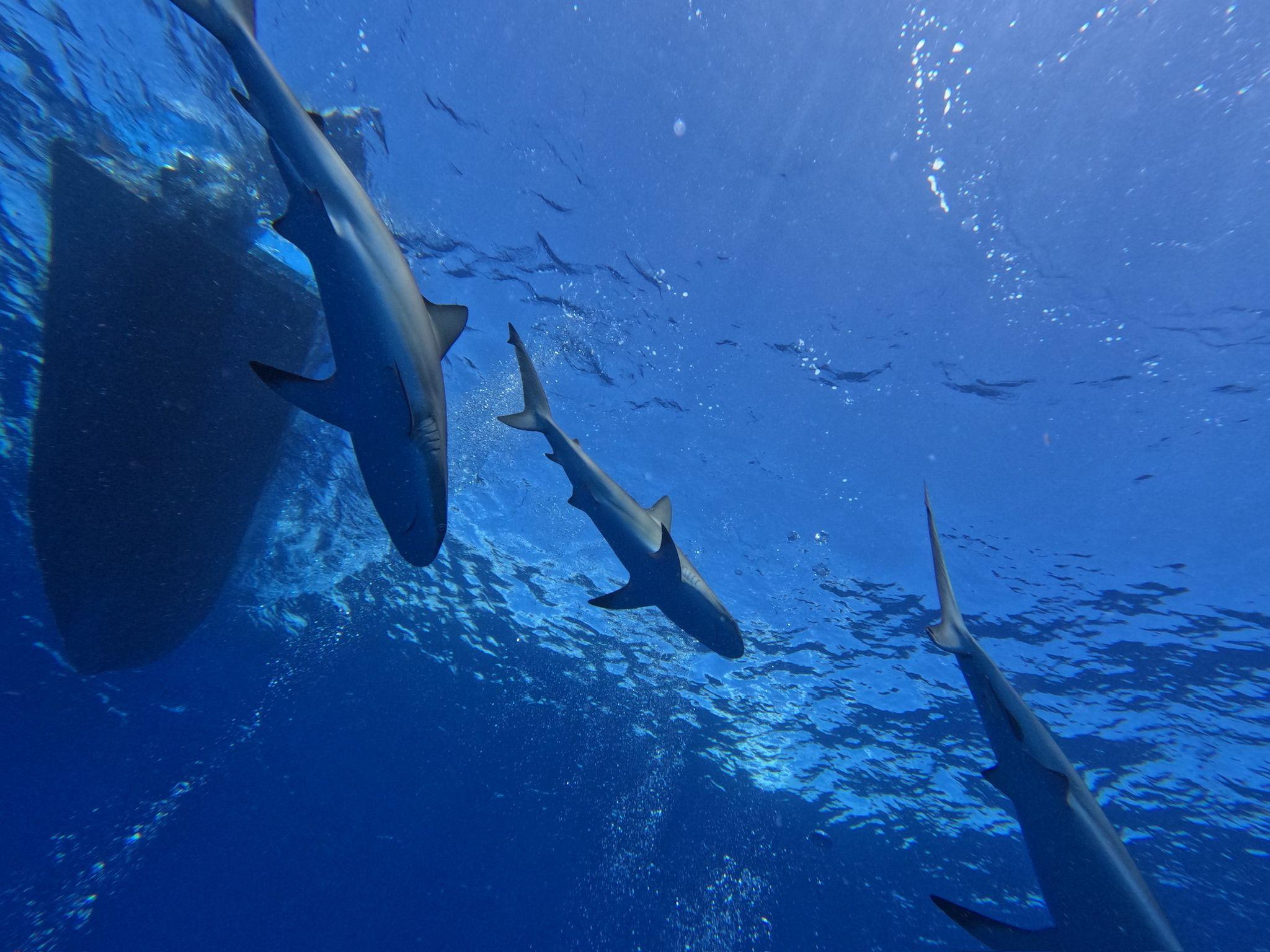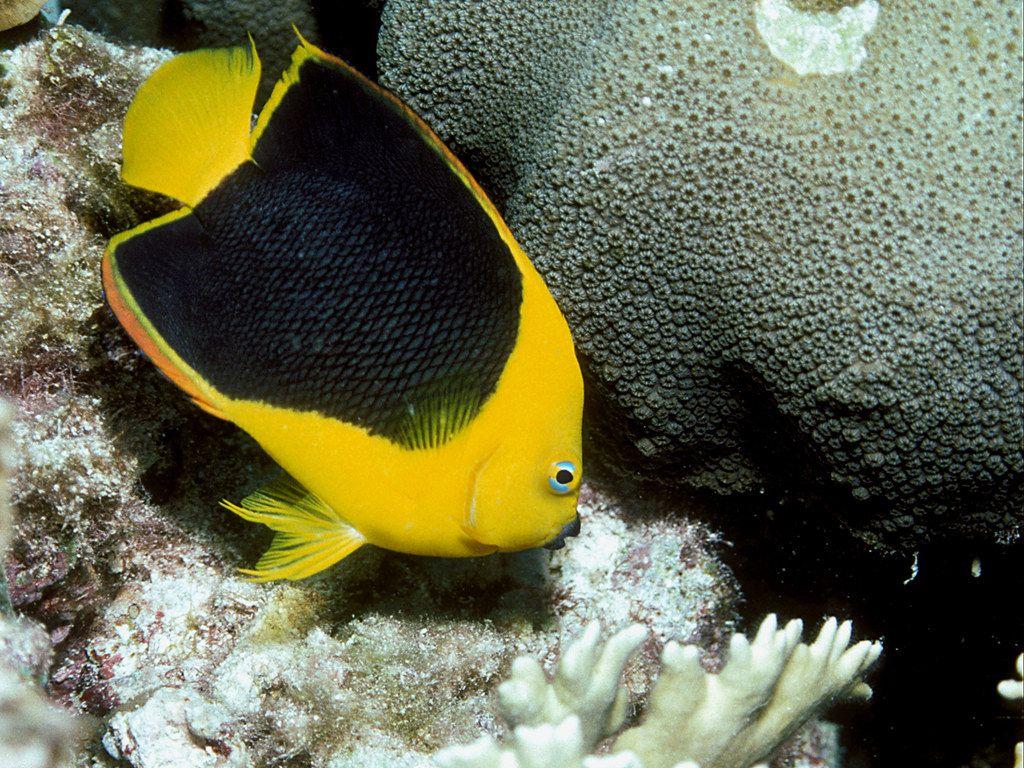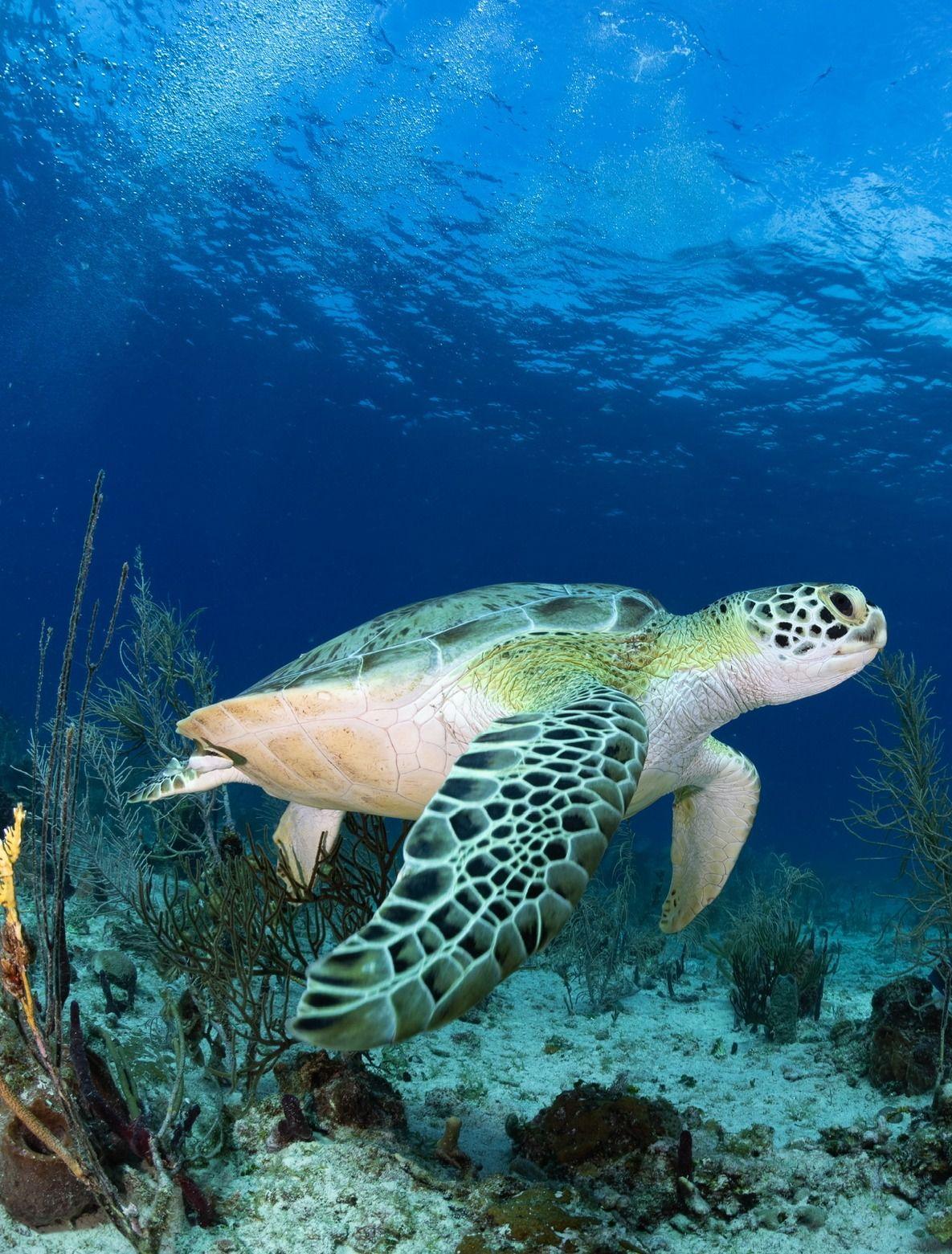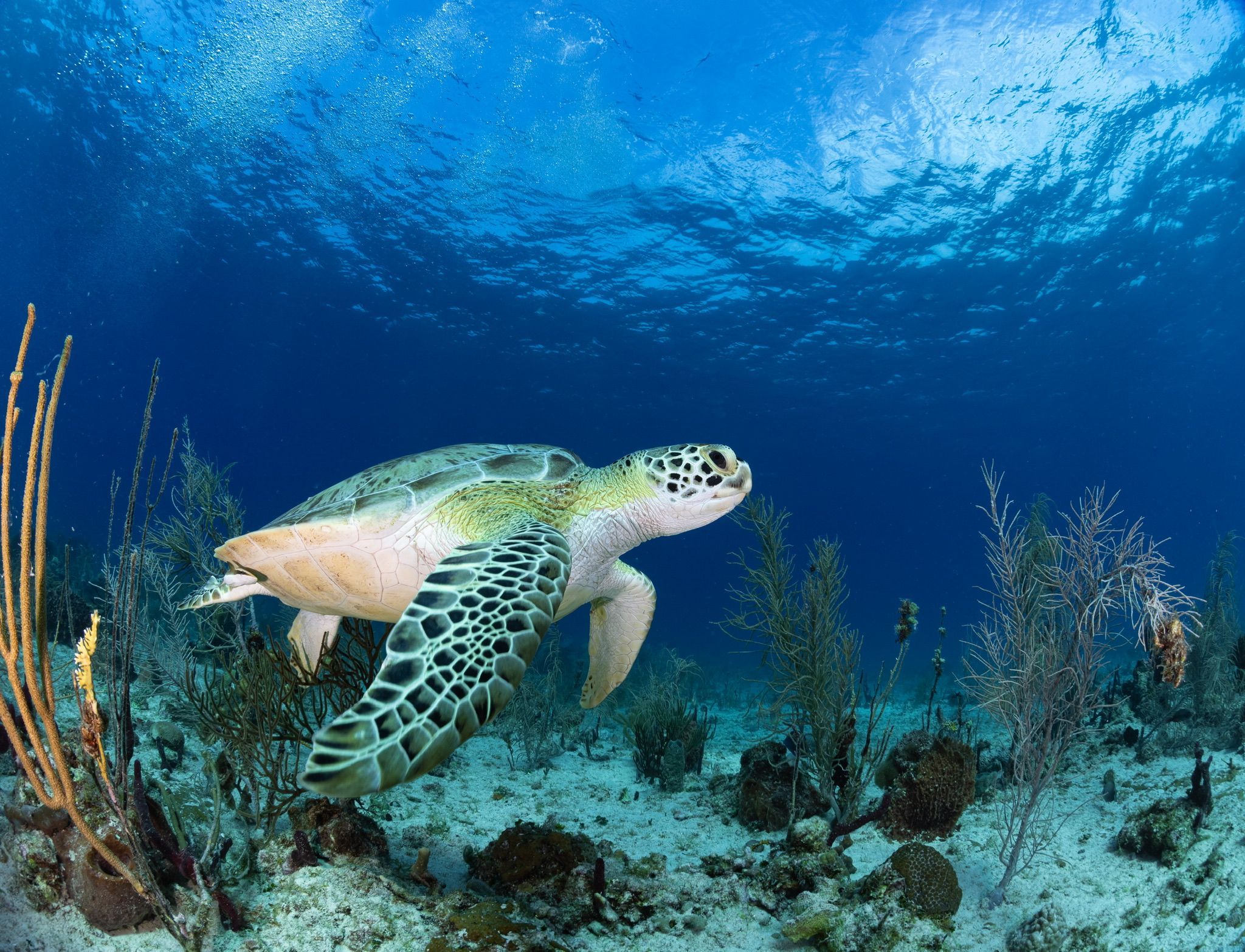
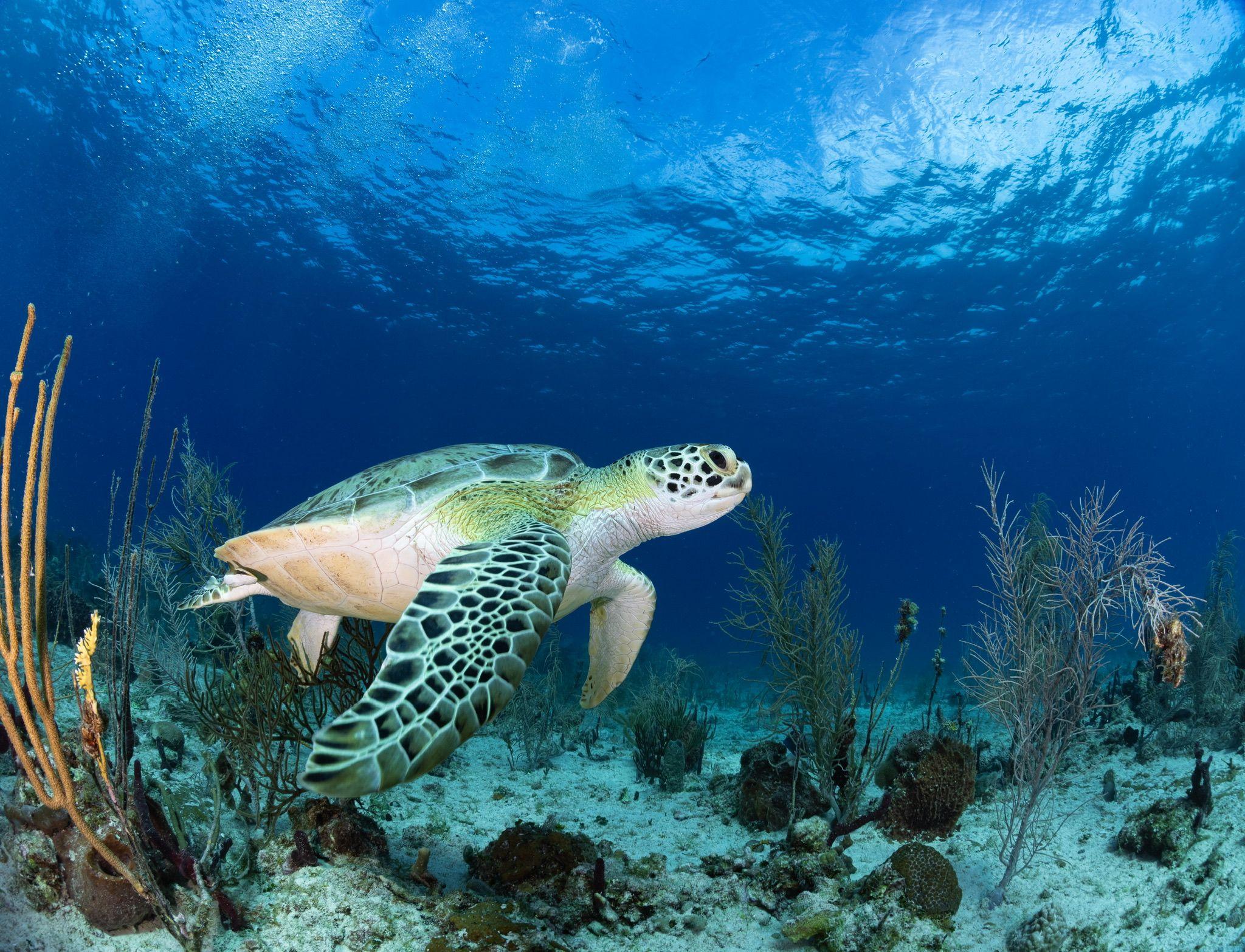
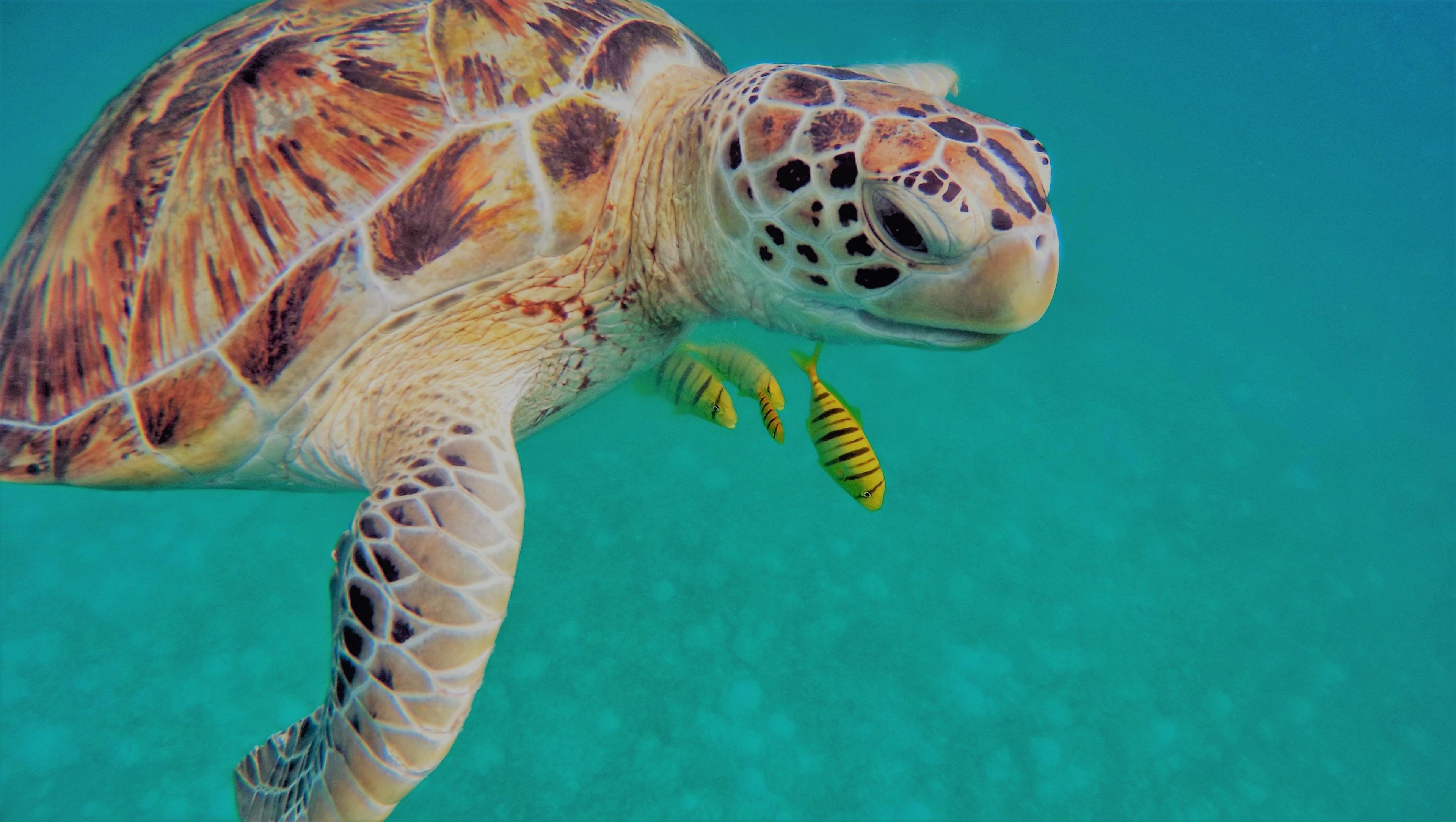
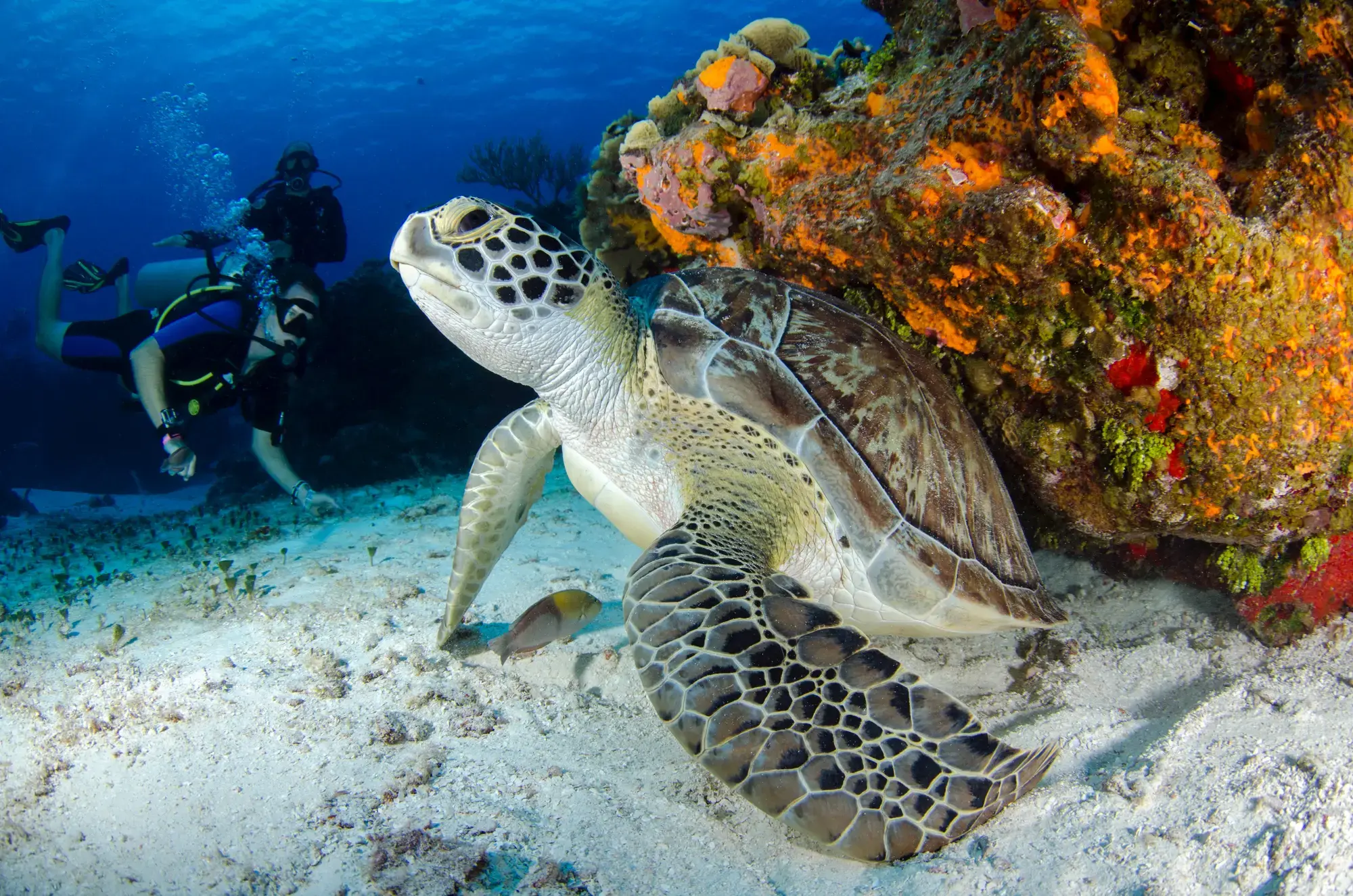
🐢 Hawksbill Sea Turtles in Punta Cana – Guardians of the Coral Reefs
Graceful, ancient, and critically endangered, the Hawksbill Sea Turtle (Eretmochelys imbricata) is one of the most captivating marine creatures you might encounter while diving in Punta Cana. These turtles are not only beautiful — with their ornate shells and tapered beaks — they also play a vital role in maintaining healthy reef ecosystems.At Grand Bay of the Sea, every sighting of a Hawksbill is a special moment — a reminder of the ocean’s fragility and the importance of conservation.
🐢 How to Identify a Hawksbill Sea Turtle
Hawksbills have several unique features that make them easy to recognize:
- A pointed, hawk-like beak, perfect for reaching into reef crevices
- A stunningly patterned shell with overlapping amber and brown scutes
- Two claws on each front flipper
- A smaller size compared to other sea turtles — most reach about 2.5 feet in shell length
Unlike green turtles that graze in sea grass beds, Hawksbills prefer coral-rich environments, where their narrow beaks help them extract food from tight spots.
🍽 What Do Hawksbill Turtles Eat?
Their favorite food? Sponges — especially those toxic to other reef dwellers.Hawksbills consume a diet made up of:
- Sponges
- Sea anemones
- Jellyfish
- Small crustaceans
- Soft corals
By feeding on sponges, they help prevent overgrowth on reefs, which allows coral to thrive — making them essential to reef health.
📍 Where Can You See Hawksbill Turtles in Punta Cana?
You may spot Hawksbill turtles on dive sites such as:
- Catalina Island Reef – especially on deeper ledges
- Cabeza de Toro – among the coral gardens and drop-offs
- Bayahibe – where calmer waters and rich biodiversity attract turtles
- Occasionally during snorkeling excursions, though rarer
They’re usually solitary and shy, but with patience and a respectful approach, you can sometimes observe them calmly grazing or swimming past.
⚠️ Conservation Status
Hawksbill turtles are listed as Critically Endangered on the IUCN Red List.Major threats include:
- Illegal trade of their shell (used for jewelry and ornaments)
- Loss of nesting habitat
- Entanglement in fishing gear
- Coral reef degradation
- Climate change affecting nesting success
Every sighting is meaningful — not just for its rarity, but for what it symbolizes: a wild animal still surviving in a world that’s quickly changing.
💙 Our Commitment at Grand Bay of the Sea
We teach all our divers and snorkelers to observe, not disturb. Hawksbill turtles are protected in the Dominican Republic, and touching or chasing them is illegal and harmful.Here’s what we encourage:
- Maintain a respectful distance
- Never block their path to the surface (they need air!)
- Avoid flash photography
- Share turtle sightings with our team — we track activity for conservation purposes
🌊 Final Thought
Seeing a Hawksbill Sea Turtle in the wild is unforgettable — a quiet, majestic moment that connects us with something ancient and precious.At Grand Bay of the Sea, we believe that every diver becomes a steward of the ocean. When you dive with us, you're not just exploring coral reefs — you're helping protect the creatures that call them home.Let’s dive responsibly, educate others, and ensure that future generations can still spot a Hawksbill in the wild waters of Punta Cana.

